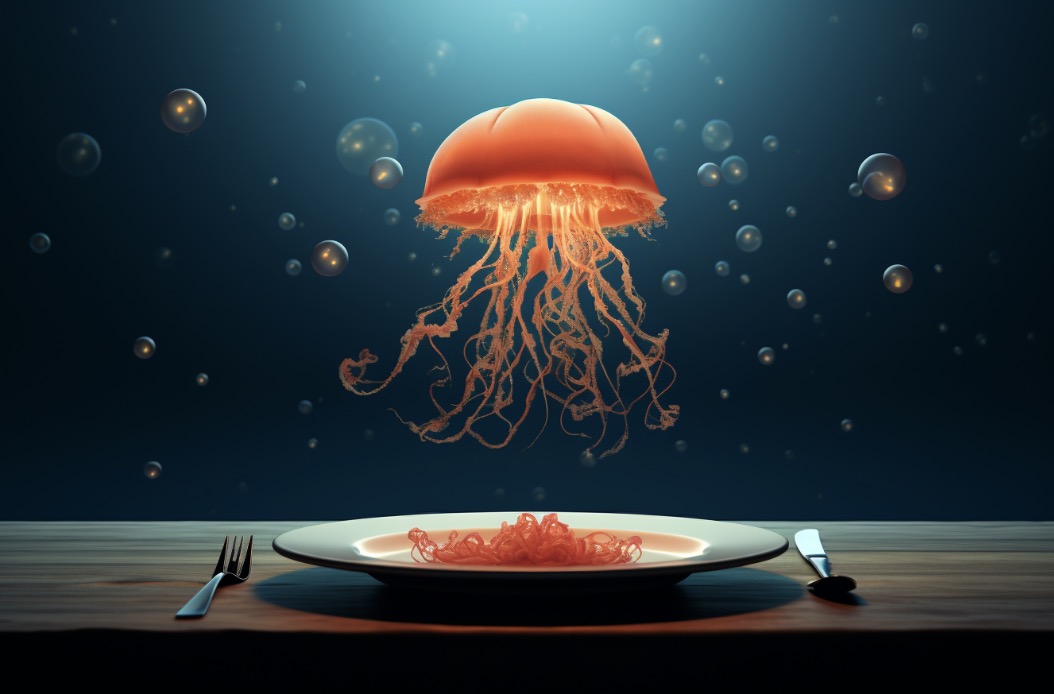As a marine biologist with a love for sand dollars, I often get asked about their purpose in the ocean ecosystem. Sand dollars are fascinating creatures with an important role in the marine environment.
Sand dollars serve as a food source for marine animals and help maintain the balance of the ocean ecosystem.
In this blog post, I will explore what purpose sand dollars serve and why they are essential to the ocean ecosystem.
Anatomy and Habitat
Sand dollars belong to the echinoderm family, which includes sea urchins and starfish.
They are flat, disk-shaped creatures with a hard outer shell made up of calcium carbonate.
The shell has a flower-like pattern on top and is covered in tiny spines that help the sand dollar to move and burrow through the sand.
Sand dollars are found in shallow waters along sandy beaches and in the seafloor.
They can be found in clusters or alone, and they bury themselves in the sand using their spines to move around.
They are often found in areas with low wave energy and high sedimentation rates.
Diet and Feeding
Sand dollars are filter feeders, and they feed on plankton and organic matter that is present in the water. They have a specialized structure called a “lantern” that helps them to grind and break down their food.
They extract nutrients from the water, and their waste products help to fertilize the seafloor.
Reproduction and Life Cycle
Sand dollars reproduce sexually, and the fertilized eggs develop into larvae that drift with the ocean currents.
Once the larvae settle on the seafloor, they develop into juvenile sand dollars, which grow into adults over time.
Sand dollars can live up to 10 years in the wild and reach a maximum size of about 4 inches in diameter.

Ecological Importance
Sand dollars play an essential role in the ocean ecosystem. They are an important food source for many marine animals, including sea otters, crabs, and birds.
They also help to regulate the sedimentation rate on the seafloor, which can have a significant impact on the overall health of the ecosystem.
Sand dollars are also an indicator species, meaning that their presence or absence can provide valuable information about the health of the ecosystem. If there is a decline in the population of sand dollars, it could indicate a larger problem with the ecosystem that needs to be addressed.
Human Interaction
Sand dollars are often collected by humans for use as decorations or souvenirs.
While this may seem harmless, it can have a significant impact on the population of sand dollars in the wild.
Over-harvesting can lead to a decline in the population, which can have a ripple effect on the entire ecosystem.
It is important to be mindful of our impact on the environment and to practice sustainable harvesting techniques if we choose to collect sand dollars.
#
Conclusion
In conclusion, sand dollars serve an essential purpose in the ocean ecosystem. They are filter feeders that extract nutrients from the water, regulate sedimentation rates, and provide a food source for many marine animals.
Their presence or absence can provide valuable information about the health of the ecosystem, and it is important to practice sustainable harvesting techniques if we choose to collect them.
Five facts to remember about sand dollars:
1. Sand dollars are echinoderms with a flat, disk-shaped body and a hard outer shell made of calcium carbonate.
2. They are filter feeders that extract nutrients from the water and help to fertilize the seafloor with their waste products.
3. Sand dollars play an essential role in the ocean ecosystem by regulating sedimentation rates and providing a food source for many marine animals.
4. Over-harvesting of sand dollars can lead to a decline in their population, which can have a significant impact on the entire ecosystem.
5. Sand dollars are an indicator species, and their presence or absence can provide valuable information about the health of the ecosystem.
FAQs
What do sand dollars sell for?
I cannot speak on everyones behalf, as I cannot provide financial advice or market prices.
However, the value of sand dollars may vary depending on their size, condition, and rarity.
It’s important to note that it is illegal to collect live sand dollars in some areas.
Why is it illegal to take sand dollars from the beach?
It is illegal to take sand dollars from the beach because they are living creatures and play an important role in the ecosystem.
Additionally, removing them from their natural habitat can disrupt the balance of the beach ecosystem.
Can you keep sand dollars from the beach?
It is illegal to collect live sand dollars from the beach in many areas, but collecting dead ones is generally allowed.
However, it is important to check local regulations and respect the natural environment by not taking too many or disturbing live animals.
What to do if you find a sand dollar?
If you find a sand dollar, it is best to leave it on the beach.
Live sand dollars are important members of the marine ecosystem and should not be removed from their natural habitat. However, if you find a dead sand dollar, you can take it as a souvenir, but be sure to check local regulations to ensure it is legal to do so.
How much is a sand dollar worth?
Sand dollars have no monetary value as they are not considered a currency or commodity.
They are often collected as souvenirs or used for decorative purposes.
Is it OK to collect sand dollars?
It is generally not recommended to collect live sand dollars as it can harm the ecosystem.
However, collecting dead sand dollars found on the beach is usually allowed. It’s important to check local regulations and be respectful of the environment.




